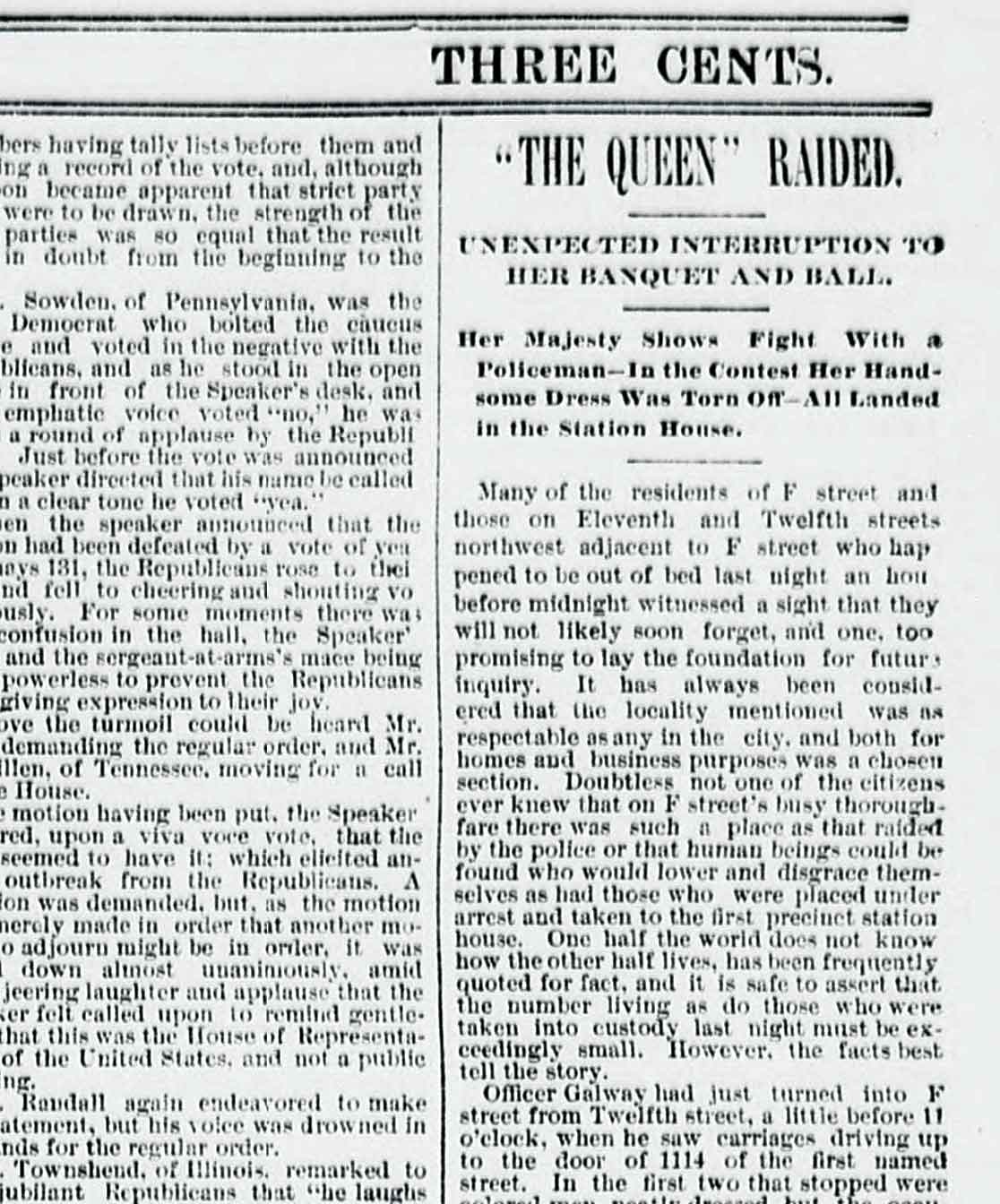“What is important is seldom urgent,” said Dwight D. Eisenhower, “and what is urgent is seldom important.” Or at least many believe Eisenhower said that, even if he might have been quoting someone else. Whether or not the 34th President of the United States of America ever spoke those exact words, he must have had a highly effective method of dealing with life’s tasks. During Eisenhower’s two terms in office, writes Atomic Habits author James Clear, “he launched programs that directly led to the development of the Interstate Highway System in the United States, the launch of the internet (DARPA), the exploration of space (NASA), and the peaceful use of alternative energy sources (Atomic Energy Act).”
Eisenhower accomplished all that after “planning and executing invasions of North Africa, France, and Germany” as Supreme Commander of the Allied Forces in Europe during World War II” (and while being the most avid golfer ever to reside in the White House).
Though we may never boast such a range of accomplishments ourselves, we can still inject a shot of Eisenhowerian productivity into our lives with the “Eisenhower Matrix” — or, in the plainer phrasing “Ike” might have preferred, the “Eisenhower Box.”
Its vertical axis of importance and horizontal axis of urgency create four boxes for categorizing tasks. Clear explains these categories as follows:
- Urgent and important (tasks you will do immediately)
- Important, but not urgent (tasks you will schedule to do later)
- Urgent, but not important (tasks you will delegate to someone else)
- Neither urgent nor important (tasks that you will eliminate)
Important tasks, writes Lifehacker’s Thorin Klosowski, “are things that contribute to our long-term mission, values, and goals,” pursuits that put us into a “responsive mode, which helps us remain calm, rational, and open to new opportunities.” At Business Insider, Drake Baer provides examples of all four categories of tasks. The urgent and important include “attending to a crying baby, tackling a crisis at work, and mailing your rent check.” The important but not urgent include “saving for the future, getting enough exercise, sleeping your seven to nine hours a night.” The urgent but not important include “booking a flight, sharing an article, answering a phone call.” The neither urgent nor important include “watching Game of Thrones, checking your Facebook, eating cookies.”
Eisenhower had it easy, you may say: he lived before binge-watching, before social media, and before cookies were quite so addictive. Hence the greater importance today of a time-management system with the stark clarity of the Eisenhower Matrix, and not just for presidents. (Barack Obama, Baer points out, made time for dinner with the family when he was in the White House as well as an hour’s workout every evening, both important but not urgent tasks.) So as not to lose sight of what’s important, Clear recommends keeping in mind two questions: “What am I working toward?” and “What are the core values that drive my life?” And though Eisenhower didn’t have to deal with nuisances like app notifications, he also didn’t get to see the day when a productivity app (whose explanation of the Eisenhower Matrix appears at the top of the post) has his name on it.
via James Clear, author of Atomic Habits
Related Content:
The Daily Routines of Famous Creative People, Presented in an Interactive Infographic
The Daily Habits of Highly Productive Philosophers: Nietzsche, Marx & Immanuel Kant
The Daily Habits of Famous Writers: Franz Kafka, Haruki Murakami, Stephen King & More
Eisenhower Answers America: The First Political Advertisements on American TV (1952)
Based in Seoul, Colin Marshall writes and broadcasts on cities, language, and culture. His projects include the book The Stateless City: a Walk through 21st-Century Los Angeles and the video series The City in Cinema. Follow him on Twitter at @colinmarshall or on Facebook.











